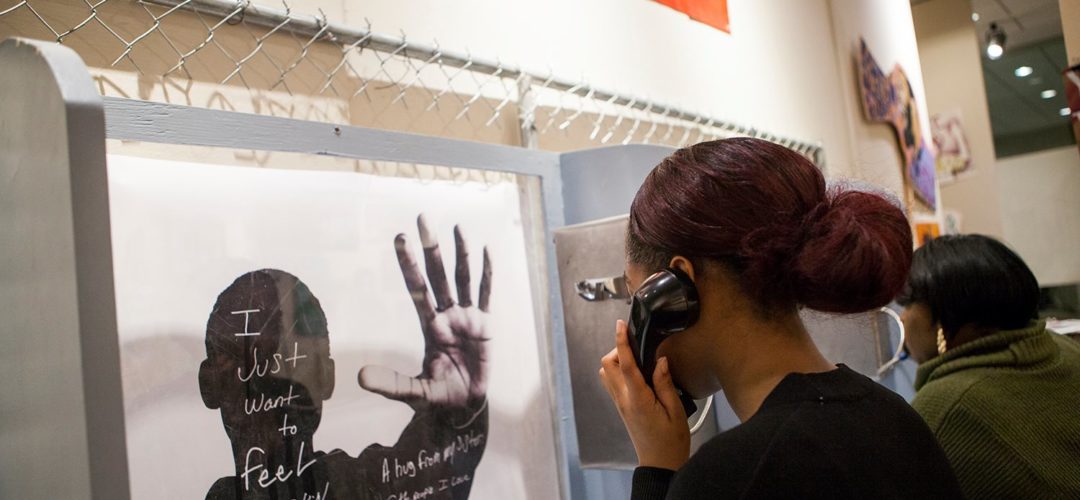Art for Justice Fund
October 12, 2018
The Art for Justice Fund (the Fund) is a five-year capital aggregation initiative of influential funders who seek to reduce mass incarceration in the U.S. The Fund’s founding donor, Agnes Gund, was inspired by the influential civil rights advocacy of filmmaker Ava DuVernay and author Michelle Alexander and donated the proceeds from the sale of a painting in her private art collection to seed the Art for Justice Fund with a contribution of $100 million in 2017. Inspired by Gund’s initiative, 20 additional funders have contributed to the Fund since its inception. The Ford Foundation and Rockefeller Philanthropy Advisors manage grantmaking collaboratively. By influencing criminal justice policy reform and simultaneously promoting the arts as a means of changing the narrative surrounding incarceration, the Fund aims to transform the criminal justice system and reduce mass incarceration by 20% in target states over five years.
Since the Fund first began awarding grants in October 2017, more than 74 grants have been dispersed totaling $32 million. The Ford Foundation project team identifies potential grantees whose work falls in line with one of the Fund’s core grantmaking areas: keeping people out of jail and prison; shortening sentences; promoting reentry; and changing the narrative through art. Grants vary in size and duration– from four months to three years, and the Fund’s largest grant is $7.5 million (there’s only one grant of this size, and there probably won’t be any other grants this large in the life of the fund, so it might be a little misleading to state this figure.) Decisions are made based on a majority approval from the governing board, but RPA as the fiscal sponsor has ultimate financial authority. While there is a range of donor contributions, funders who contribute at least $25 million are given a seat on the governing board.
While the Fund is still in the process of developing its monitoring & evaluation model, impact will be measured based on outcomes such as bail reform in key jurisdictions and improved accountability for prosecutors. The Fund is well-poised for scaling impact because of its unique expertise. The Ford Foundation’s project team specializes in criminal justice reform, and founding donor Agnes Gund has a firsthand understanding of contemporary art and its capacity to influence attitudes. Where individual patrons may lack the influence and expertise of institutional foundations, the Fund’s leadership puts it in the prime position to accelerate change and provide the necessary funding to support the existing activist movement.
“To reside at the intersection of policy and art”, in the words of the Fund’s Program Director Amy Holmes, is what makes the Fund’s approach so innovative. A Fund grantee, Liza Jessie Peterson remarks, there is a “need to cross-pollinate and forge alliances with the work we are doing”. The Fund’s grantees work in communities most affected by mass incarceration, where the potential for change is greatest. However, working with a key donor who is new to collaboratives and to the field of criminal justice reform is a challenge for the Fund. The Fund’s donors in the art community often expect a level of influence over financial decisions – a common characteristic of the capital aggregation model. The unpredictability of the U.S political climate at both the state and federal level, as well as the highly-contentious nature of criminal justice reform, pose additional challenges for the Fund.
Back to News


